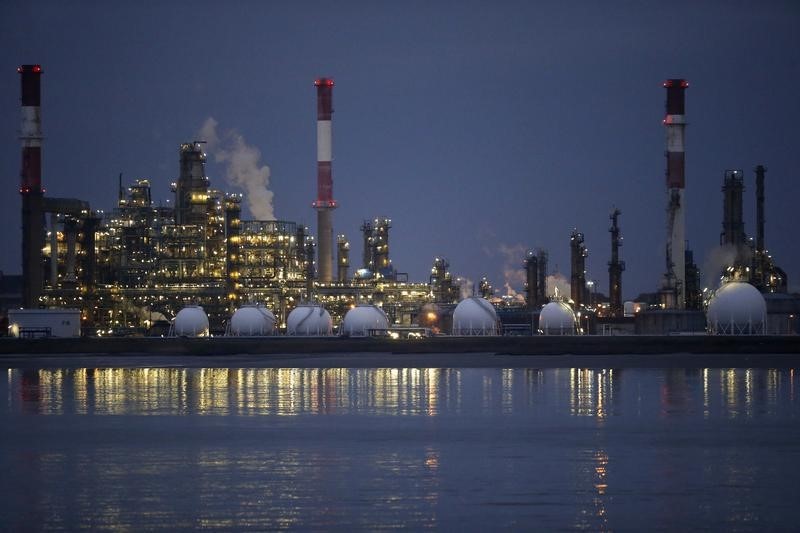The Federal Reserve is poised to release its updated inflation and interest rate forecasts on Wednesday, September 20, 2023. However, investors, traders, and strategists have expressed concerns that these projections may not fully account for the impact of soaring oil prices. This week witnessed oil prices reaching their highest levels since 2023, surpassing $90 a barrel, following Russia and Saudi Arabia’s decision to extend production cuts until the end of the year.
Despite these significant increases in oil prices, it remains uncertain whether this will influence the core inflation indicators prioritized by the Federal Reserve. Gennadiy Goldberg, a strategist at TD Securities, suggested that policy makers might overlook the effect of rising energy costs on their long-term inflation and rate predictions as they typically don’t heavily factor in energy or food costs due to their volatility.
Nevertheless, some traders are apprehensive that neglecting these elements could be problematic given other ongoing price pressures such as strikes against the three major U.S. automakers. Gang Hu, an inflation trader at New York-based hedge fund WinShore Capital, posits that the combination of oil prices and auto worker strikes presents a potentially unstable inflation scenario.
Anticipation of a message from the Federal Reserve indicating sustained high rates led to the highest levels in more than a decade for 2- and 10-year Treasury rates on Tuesday, September 19. Concurrently, the ICE registered a decrease of less than 0.1%.
The financial markets’ attention is likely to center on the Federal Reserve’s Summary of Economic Projections that predicts where the fed-funds rate target, currently between 5.25%-5.5%, might be in 2024. As of June this year, policy makers anticipated four 25-basis-point rate cuts next year after another rate hike this year. They also forecasted inflation rates falling closer to 2% in 2024 and 2025, as well as over the long term.
Many financial market participants anticipate no Federal Reserve rate hike on Wednesday, with some speculating about one more increase later this year before rate cuts begin in mid or late next year. However, inflation traders are now projecting seven consecutive months of 3%-plus readings on the annual headline CPI rate, from September through next March; this is an increase from five consecutive months seen as of last Wednesday.
Mark Heppenstall, chief investment officer of Penn Mutual Asset Management, asserted that the Federal Reserve’s rate decision for Wednesday was likely determined earlier when officials indicated a pause would be the likely outcome. He added that while higher oil prices might slightly affect rate projections, it is too early to alter the narrative on disinflation and the progress made so far.
This article was generated with the support of AI and reviewed by an editor. For more information see our T&C.
Read the full article here




